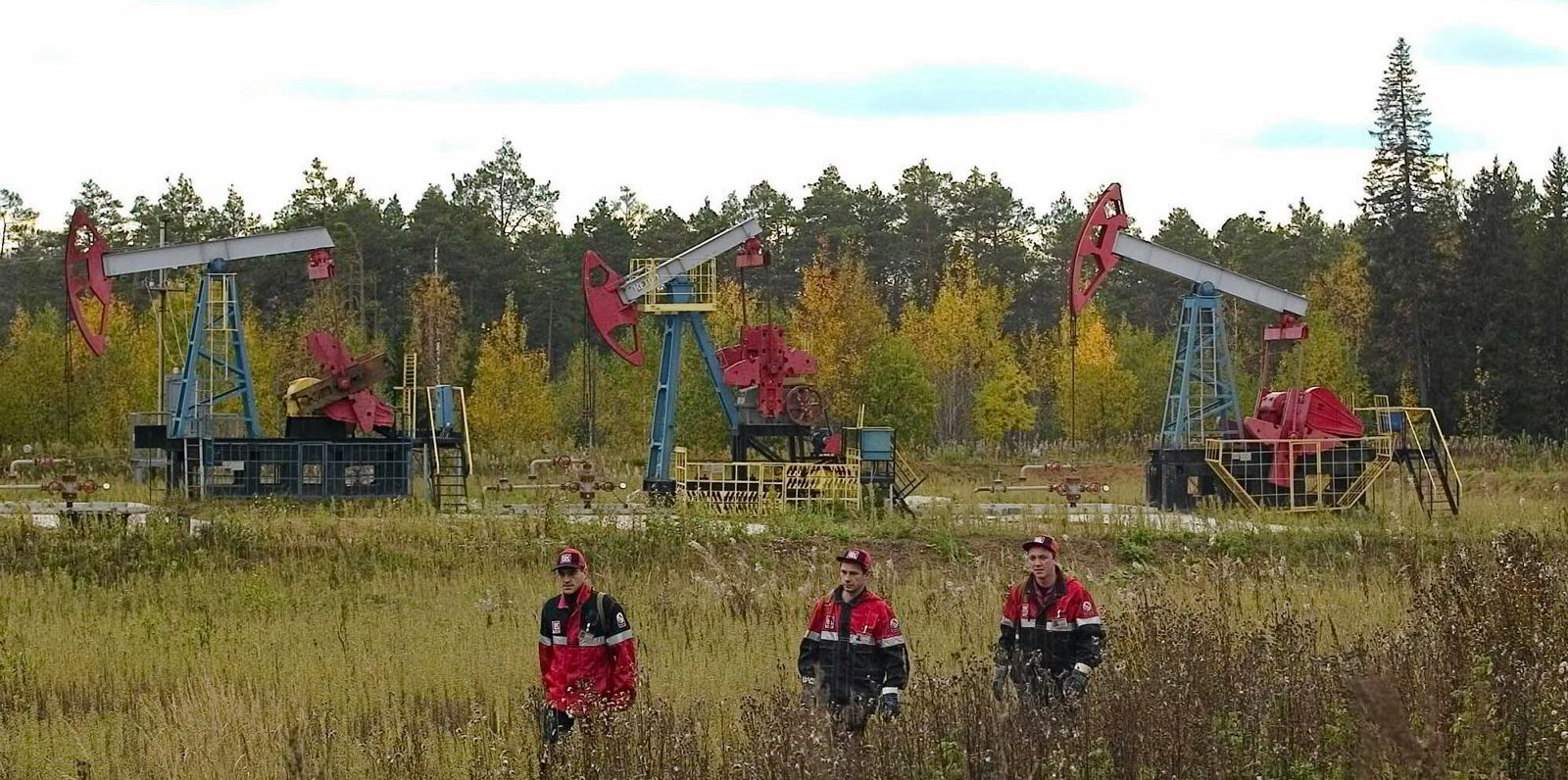The number of tankers willing and available to haul Russian oil has exceeded US expectations and prompted an upward revision of the country’s oil production in 2024.
Russian crude and products supply was likely to remain flat in 2024 at 10.7m barrels per day, significantly higher than predictions made after the outbreak of war in May 2022 and January 2023, according to the US Energy Information Administration.
The EIA said it had previously believed limited tonnage and storage capacity would force Russia to cut refinery runs, product exports and crude oil production.
“However, the number of tankers available and the willingness to transport Russian oil has exceeded our initial expectations,” said the agency in its latest energy outlook.
The EIA said more export outlets had been available to Russia than expected after some countries built up shipping services to avoid G7 sanctions and price caps.
Some 336 tankers hauled crude and oil productions from Russian ports in July to September, according to the Kyiv School of Economics. And nearly 55% of Russian crude shipments are being hauled by vessels with non-G7 insurance, up from 35% at the start of 2023, according to figures from S&P Global Market Intelligence.
The US had championed the price cap system to try to keep Russian oil flowing to countries outside of the G7 and European Union while limiting revenues.
It depended on Russia requiring European tonnage to move its oil. But the EU embargo on Russian oil imports and other sanctions led to a vibrant secondhand market, with new entrants seeking to fill the shortage and cash in on short-term bumper freight rates for Russian barrels.
Mark Jackson, the CEO of the Baltic Exchange, told an event at London International Shipping Week that the tanker industry was witnessing a new generation of shipowners in the Middle East and Asia who are able to trade with Russia unaffected by sanctions.
Plain sight
“This is not a dark fleet; it’s a bright fleet that operates in plain sight,” he said. “Many shipping dynasties have come out of wars and now we are seeing the potential for another shipping dynasty in the making.”
Many European and G7 operators have now been priced out of hauling Russian crude since July after the $60 crude price cap was breached, opening them to potential sanctions breaches.
The rise in price led the World Bank to conclude that the cap was “increasingly unenforceable” and had failed to significantly disrupt supply.
Russia’s deputy prime minister Alexander Novak said last month that global oil prices had risen, the discount on Urals oil had fallen and Russian products were selling above the price cap.
“I hope that everyone is convinced now that the instrument that they have contrived is simply ineffective, and end consumers suffer from it,” Interfax reported him as saying.
The US has claimed the price cap had successfully cut Russian revenues from energy exports and kept global oil prices stable. But US Treasury secretary Janet Yellen admitted last month that the price rises had made the scheme less effective.
A senior Treasury official claimed last month that the the next stage of the cap strategy was to force Russia to spend billions on building and maintaining a fleet to haul oil to its new customers.




